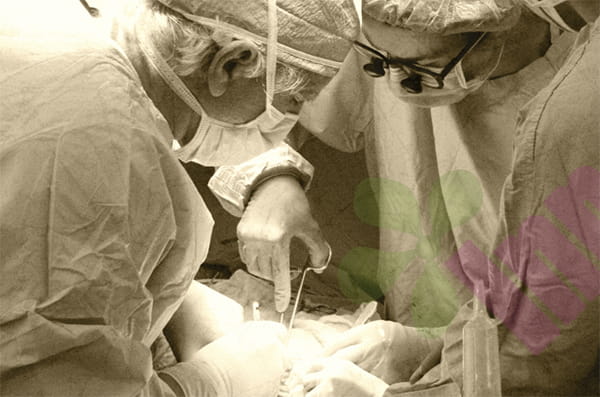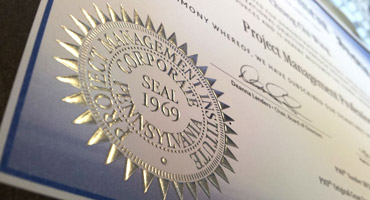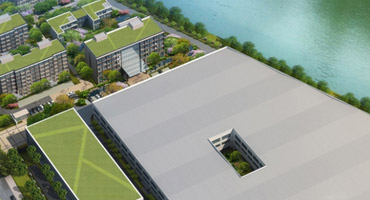Do foot blisters occur during exercise?
Foot blisters are a common skin injury among sports enthusiasts. The core mechanism of their formation is the repeated friction between the skin and equipment, which causes the epidermis and dermis to separate, and tissue fluid seeps out to form cavities. High-risk sports scenarios include:
Running: Friction between the foot and the shoes and socks, especially at the forefoot, heel, and metatarsophalangeal joints
Badminton/Basketball: When stopping suddenly and changing direction, the foot slides inside the shoe, and the toes squeeze the toe cap
Outdoor hiking: Long-term weight-bearing walking leads to abnormal pressure distribution in the feet
Dance/gymnastics: specific movements that repeatedly rub against bony prominence,s such as the front edge of the tibia
Risk factors include equipment fit, exercise intensity, and individual physiological characteristics. Studies have shown that for every 10% increase in humidity, the skin friction coefficient increases by 15%, and synthetic fiber socks can reduce friction by 32% compared to cotton socks.
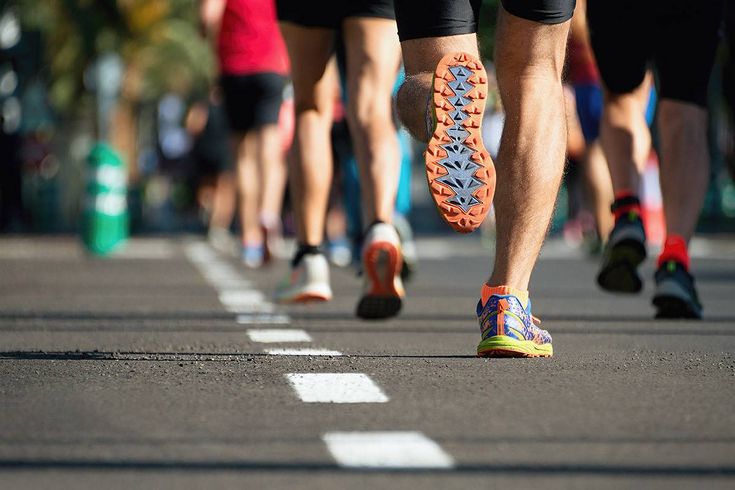
How to prevent such problems from happening?
- Shoe selection :
Running shoes must have a shock-absorbing midsole and an anti-torsion system. It is recommended to try them on in the evening when purchasing. Basketball shoes should be high-top designs with 1cm of space reserved for the forefoot. Hiking shoes require a break-in period of training, and the first use should not exceed 5km. Socks should be double-layer sports socks (the inner layer is moisture-absorbing and the outer layer is wear-resistant) to reduce the incidence of blisters.
- Skin pretreatment :
Apply Vaseline or silicone-based lubricant to the friction-prone areas 30 minutes before the game, and use hydrocolloid heel patches for preventive application. How to properly deal with blisters?
Treatment of blisters less than 5 mm in diameter :
Keep the blisters intact and apply a hydrocolloid heel patch
Observe skin color changes daily and avoid hot compresses
Wear five-toe socks to reduce friction between adjacent toes
Treatment of blisters larger than 5 mm in diameter :
Disinfect the blister and the surrounding 3 cm area with 0.5% iodine, use a sterile syringe to perform low-level multi-hole puncture to release the liquid, and then use a dry cotton ball to press and wipe. The top cover of the blister needs to be retained as a biological dressing and then covered with a hydrocolloid heel patch dressing. Change it every 72 hours, and avoid weight bearing on this area during the healing period.
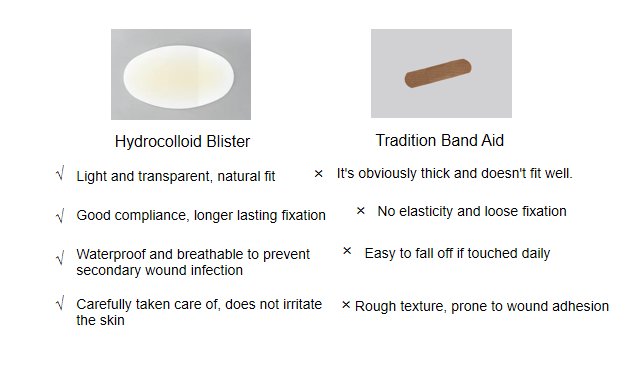
Hydrocolloid heel patch product features:
It can maintain a moist healing environment on the wound surface, provide the wound with a slightly acidic, moist environment that is more conducive to wound healing, and reduce the invasion of foreign microorganisms.
Daily dressing steps :
After cleaning and disinfection, cut the dressing according to the shape of the wound, remove the release paper, and apply it from the center of the wound to the outside. Press the edge lightly for 10 seconds to ensure sealing. Replacement standard: dressing whitening area > 30 %
Which groups of people are not suitable?
Infected wound
Patients with abnormal iron metabolism
People who are allergic to colloid ingredients
The above-mentioned foot care knowledge can effectively reduce the incidence of sports blisters. Sports enthusiasts should establish personalized protection plans and dynamically adjust them according to the type of sports and their own characteristics. For more information on Innomed®Hydrocolloid Blister Plaster, refer to the Previous Articles. If you have customized needs, you are welcome to contact us; You Wholeheartedly. At longterm medical, we transform this data by Innovating and Developing Products that Make Life easier for those who need loving care.
Editor: kiki Jia

 English
English عربى
عربى Español
Español русский
русский 中文简体
中文简体